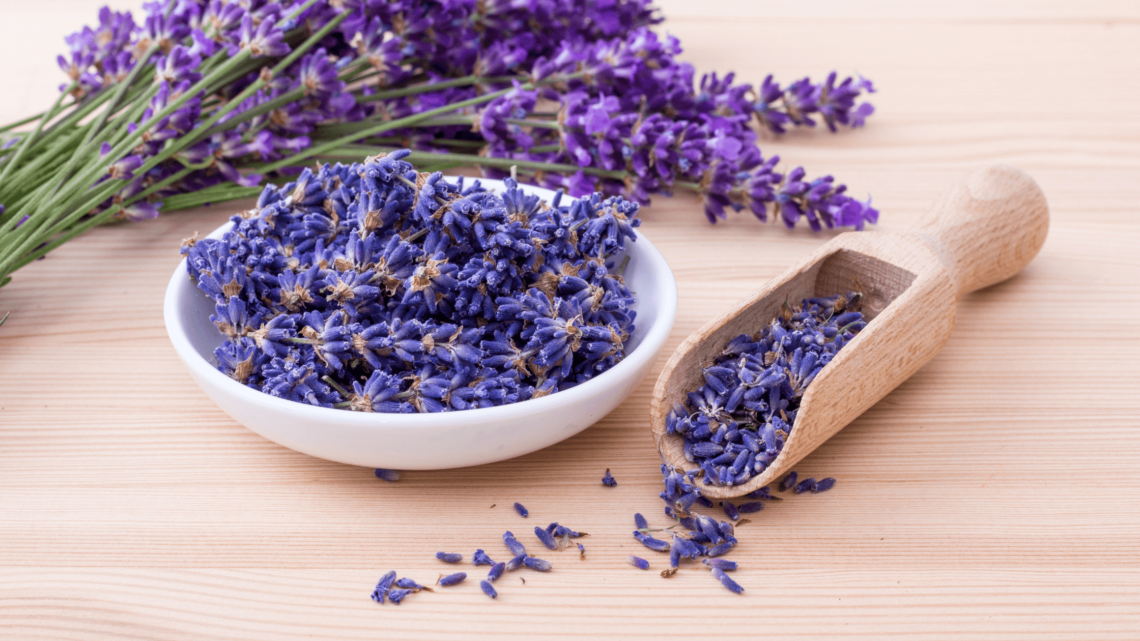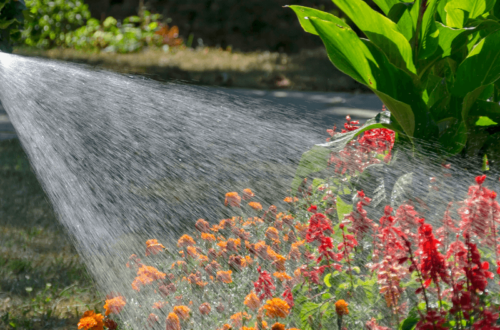
9 Remarkable Pest-Repelling Plants for a Bug-Free Backyard
Embrace a bug-free summer with our guide to nine powerful pest-repelling plants that not only protect your space from annoying insects but also add beauty and fragrance to your surroundings.
Summer is here, and it's the perfect time to enjoy your backyard. However, along with the warm weather, unwelcome guests like flies, mosquitoes, and fleas might be ruining your outdoor experience. Don't fret! We have a solution to keep those annoying insects at bay. In this blog post, we'll introduce you to nine remarkable pest-repelling plants that will defend your outdoor space and make your garden a bug-free sanctuary.
Pest-Repelling Plants: Nature’s Defense
Plants have been known for centuries to possess natural insect-repelling properties. By strategically incorporating them into your garden, you can create a natural barrier against pests. Not only do these plants serve as defenders, but they also add beauty and character to your space.
9 Remarkable Pest-Repelling Plants
Sweet Basil: The Fragrant Fighter
Sweet Basil (Ocimum basilicum) is not just a delightful culinary herb but also an effective deterrent for flies and mosquitoes. Its enticing fragrance enhances both indoor windowsills and outdoor flower beds. To ensure its thriving growth, provide damp, well-drained soil and plenty of sunlight. Sweet Basil can also be a great companion to other herbs such as tomatoes and parsley.
Lavender: The Relaxing Resistor
Lavender (Lavandula) holds a special place among pest-repelling plants due to its dual functionality—it repels bugs while promoting relaxation. This drought-resistant plant thrives in full sun and well-drained soil, making it suitable for various climates. Additionally, the presence of lavender attracts butterflies, adding to its charm.
Chrysanthemums: The Stunning Shield
Chrysanthemums (Chrysanthemum spp.) serve as a stunning shield against a wide range of pests, including ants, ticks, fleas, and bedbugs. The blooms of chrysanthemums contain pyrethrum, a common ingredient in insect repellents. Integrating these beautiful flowers into your garden not only provides natural pest control but also creates a visually impressive spectacle, especially in vegetable gardens.
Petunias: The Colorful Guardian
Petunias (Petunia spp.) come in a dazzling array of colors and are highly effective in repelling aphids, tomato hornworms, and other garden pests. These vibrant plants require full or partial sun for at least six hours daily and well-drained soil. Interestingly, petunias can also be grown indoors, capturing wandering insects with their sticky hairs and using them as nutrient sources.
Peppermint: The Invigorating Invader
Peppermint (Mentha × piperita) not only aids digestion but also excels at keeping away flies and mosquitoes. Its toxic effect on mosquito larvae makes it an effective deterrent for preventing their breeding. Additionally, spiders find the scent of peppermint distasteful. However, it's essential to control peppermint's growth, as it can become invasive if left unchecked.
Catnip: The Cat Magnet and Pest Repellent
Catnip (Nepeta cataria) might be a cat magnet, but it also acts as an effective deterrent for pests. Stationing catnip in your home or yard can ward off mosquitoes and prevent termites and cockroaches from invading your space.
Tansy: The Deceptive Defender
Tansy (Tanacetum vulgare), with its marigold-like appearance, effectively wards off flies, fleas, and other bothersome insects. You can create a potent insect repellent spray with tansy leaves by infusing 1 cup of fresh leaves in 2 quarts of boiling water. However, take caution not to consume this concoction, as it is toxic.
Citronella: The Scented Sentry
Citronella (Cymbopogon nardus) is renowned for its mosquito-repelling properties and can also ward off flies. Its strong yet pleasant scent is widely used in insect repellents and candles. This low-maintenance plant prefers slightly shaded areas but can tolerate full sun.
Lemongrass: The Lemony Lifeguard
Lemongrass (Cymbopogon citratus), with its refreshing scent, repels flies and destroys mosquito larvae. This full-sun-loving plant adds a unique charm to your space. However, avoid using it around pregnant women and new moms.
Celebrate the Power of Pest-Repelling Plants
This selection of pest-defending plants is sure to get you excited for your next gardening venture. Inviting these plants into your spaces not only adds life and character but also equips you with a formidable defense against unwanted pests. So, which pest-fighting plants are you keen on introducing into your environment? Share your thoughts in the comments!
FAQs
SEO Title: Frequently Asked Questions About Pest-Repelling Plants
- Are pest-repelling plants safe for pets?
- Yes, most pest-repelling plants are safe for pets when consumed in small quantities. However, it's best to research each plant's safety before introducing them into your home or garden.
- Can I grow these plants indoors?
- Yes, many of these plants can be grown indoors, provided they receive sufficient sunlight and well-drained soil.
- How often should I water these plants?
- Each plant has different water requirements, but a general rule of thumb is to water them when the soil feels dry to the touch.
- Do these plants require any special care?
- While these plants are generally easy to care for, it's essential to provide them with the appropriate sunlight, water, and well-drained soil to ensure their health and pest-repelling properties.
- Are there any other natural ways to repel pests?
- Yes, aside from plants, natural pest repellents like citronella candles, essential oils, and vinegar solutions can also help keep pests at bay.











